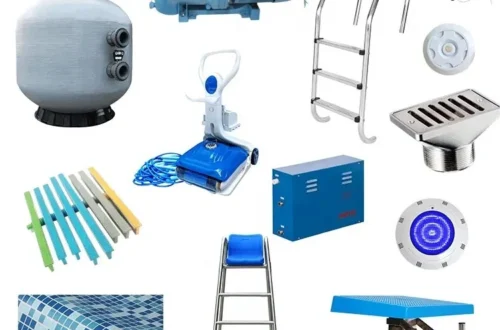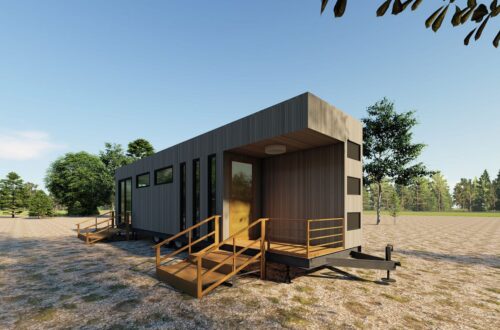The Ultimate Guide to Diaper Machine: How It Works and Benefits
The Ultimate Guide to Diaper Machine: How It Works and Benefits
In today’s fast-paced world, diaper production relies on advanced automation to meet growing demand. Understanding how these machines operate can help manufacturers optimize efficiency and reduce costs. This guide explores the inner workings and advantages of modern diaper manufacturing equipment.
Key Components of Diaper Production Equipment
Modern diaper machines consist of several integrated systems working in harmony. The core assembly includes:
• Absorbent Core Formation Unit
This section combines superabsorbent polymers with fluff pulp to create the diaper’s moisture-locking center layer. Advanced models feature precision sensors for consistent core density.
• Non-woven Fabric Application
Breathable top sheets and waterproof back sheets are automatically aligned and bonded using ultrasonic welding or hot-melt adhesives.
• Elastic Attachment System
Leg cuffs and waistbands receive precisely tensioned elastics for comfortable, leak-proof fits through innovative servo motor controls.
How Automated Diaper Manufacturing Works
The production process follows a sophisticated sequence:
Material Unwinding → Core Forming → Composite Assembly → Elastic Application → Cutting & Packaging
High-speed machines can produce 600-800 diapers per minute while maintaining strict quality control through vision inspection systems. The entire process minimizes human intervention while maximizing output consistency.
Operational Efficiency Features
Modern Diaper Machine models incorporate energy-saving technologies and quick-changeover systems. These innovations allow manufacturers to switch between diaper sizes or styles within minutes, significantly reducing downtime between production runs.
Benefits of Advanced Diaper Manufacturing Systems
Investing in modern diaper equipment delivers multiple advantages:
• Higher Production Output
Automated systems achieve 40-60% greater productivity compared to semi-automatic alternatives
• Consistent Product Quality
Precision controls ensure every diaper meets exact specifications with minimal variation
• Reduced Labor Costs
Fully automated lines require 70% fewer operators while maintaining 24/7 production capability
Cost Reduction Analysis
Manufacturers report 30-50% lower per-unit costs after upgrading to fully automated systems. The ROI period typically ranges from 18-24 months depending on production volume and local market conditions.
Frequently Asked Questions
What maintenance do diaper machines require?
Daily cleaning, weekly lubrication, and monthly component inspections ensure optimal performance. Most modern systems include self-diagnostic capabilities.
Can one machine produce different diaper sizes?
Yes, advanced models feature quick-adjust mechanisms that allow size changes within 5-10 minutes without tool replacement.
How long does installation and training take?
Typically 2-3 weeks for complete installation and operator training, depending on machine complexity and existing infrastructure.
Ready to Upgrade Your Production?
Modern diaper manufacturing technology continues evolving with smarter automation and sustainable features. Whether you’re expanding capacity or replacing outdated equipment, investing in the right machinery is crucial for maintaining competitive advantage.
Contact our engineering team today for personalized equipment


